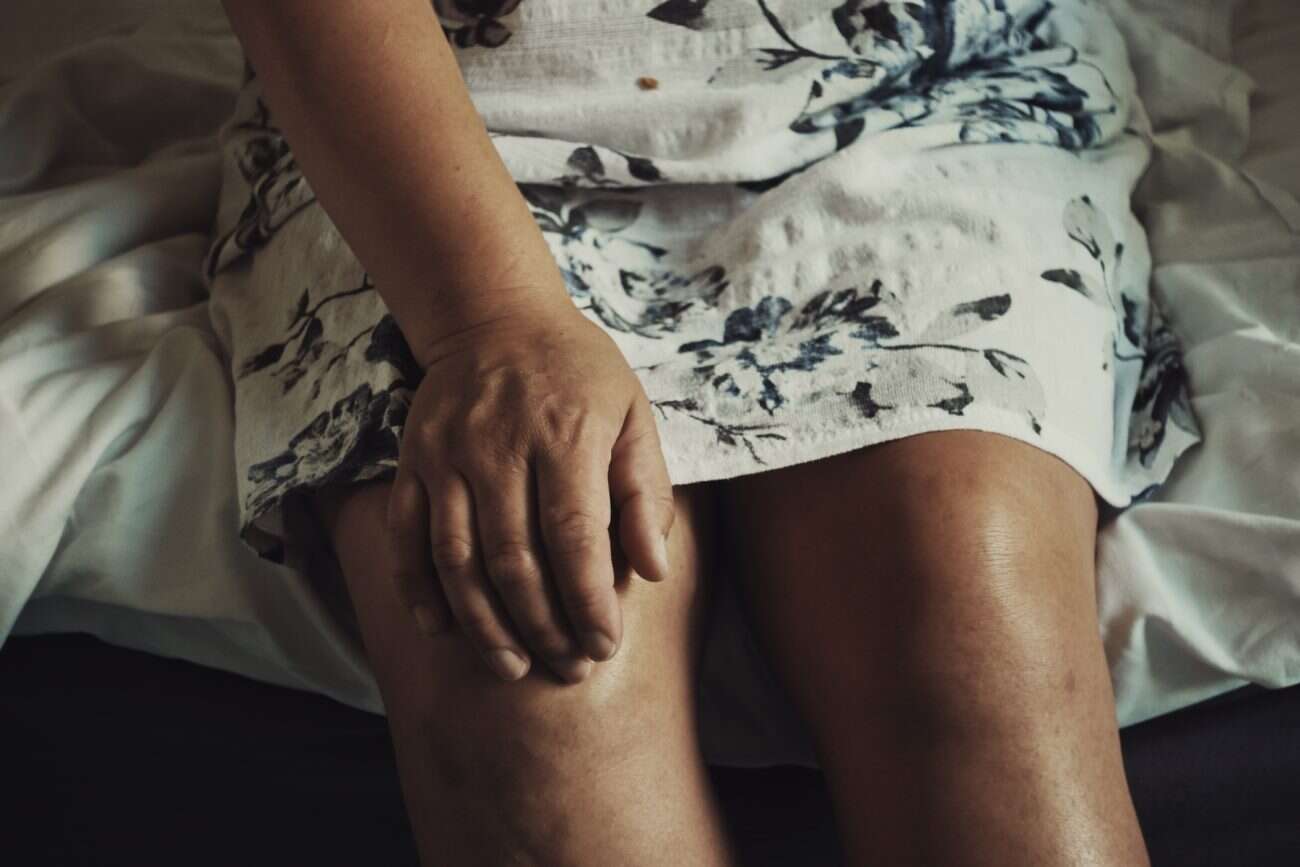Arthritis is the inflammation of a joint or multiple joints within the body. There are more than 100 different types of arthritis, though symptoms generally include: pain, swelling, redness, warmth, and limitation or difficulty in movement of the affected joint. The three most common types of arthritis include osteoarthritis, gouty arthritis, and rheumatoid arthritis though there are many other, less common varieties.
Arthritis most commonly occurs in the elderly in the form of osteoarthritis, although other forms can affect even children with the disease. Age, genetics, being overweight and joint injury are all linked causes of arthritis. The condition is the result of the wear and tear of cartilage, a tissue that protects the joints and bones at the joints.
Stay active and safe in the summer heat
After months of cold weather, there’s nothing like getting outside when the weather turns warm. Whether you’re doing a little gardening or are training for the next marathon, it’s important to take precautions to keep yourself safe in the heat. This helpful guide offers tips for being active when the weather turns warm, when it gets really hot, and when the humidity increases.
Osteoarthritis
Osteoarthritis (often referred to as just “arthritis” due to it being the most common form of arthritis) is a painful disease where inflammation affects your joints. Most common in older people, arthritis can make walking up and down the stairs, opening doors, and other everyday activities difficult. Arthritis occurs when the cartilage of your joints breaks down, allowing your bones to rub together and cause both damage and pain. Although there is no cure for arthritis, there are many ways to manage your symptoms and make it easier to go about your normal activities. Treatment options may include medicine, heat and cold therapy, exercise, or surgery.
Here’s a guide to help you decide how to best manage your osteoarthritis.
Juvenile idiopathic arthritis (JIA)
Juvenile idiopathic arthritis (JIA) is a childhood disease that causes pain, stiffness, and swelling in the joints. Symptoms of JIA may also include trouble sleeping, problems walking, fever, or rash. Some children with JIA will grow out of the disease, but others will need ongoing treatment as adults. There are several types of JIA. Treatment will be based on the type of JIA and how serious it is. Medical treatments for JIA include physical therapy and medicine, but there are many things you can do at home to help your child relieve the symptoms and prevent problems caused by JIA.
Shoulder replacement surgery
If you have severe pain in your shoulder from osteoarthritis, you may be wondering about shoulder replacement surgery. Although many people can manage their pain with medicine, exercise, and other treatments, surgery may be an option if your pain is very bad and your arm and shoulder movements are limited. Shoulder replacement surgery should help ease your arthritis pain, but you won’t be able to move your shoulder as far as before you started to have shoulder problems. Before making a decision about surgery, it’s important to understand your options, the risks and benefits of those options, and what matters to you.
Knee replacement surgery
If you have severe osteoarthritis in your knees, you may be considering whether knee replacement surgery is right for you. Many people can manage their symptoms with other treatments (like exercise and medicine). But for some people, the pain interferes too much with daily life. Knee replacement surgery can relieve severe, disabling pain, and may restore your knee’s ability to work properly. But as with many treatment decisions, there are trade-offs to consider, such as length of rehabilitation, lack of good range of motion, the possible need for repeat surgery, and complications from surgery.
To help you weigh your options and make an informed decision, use this interactive guide.

